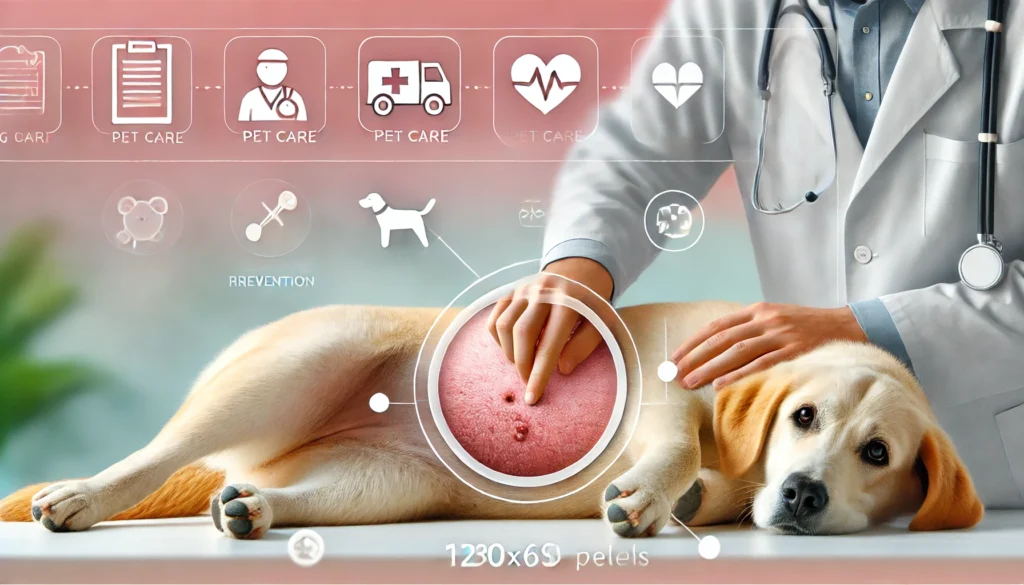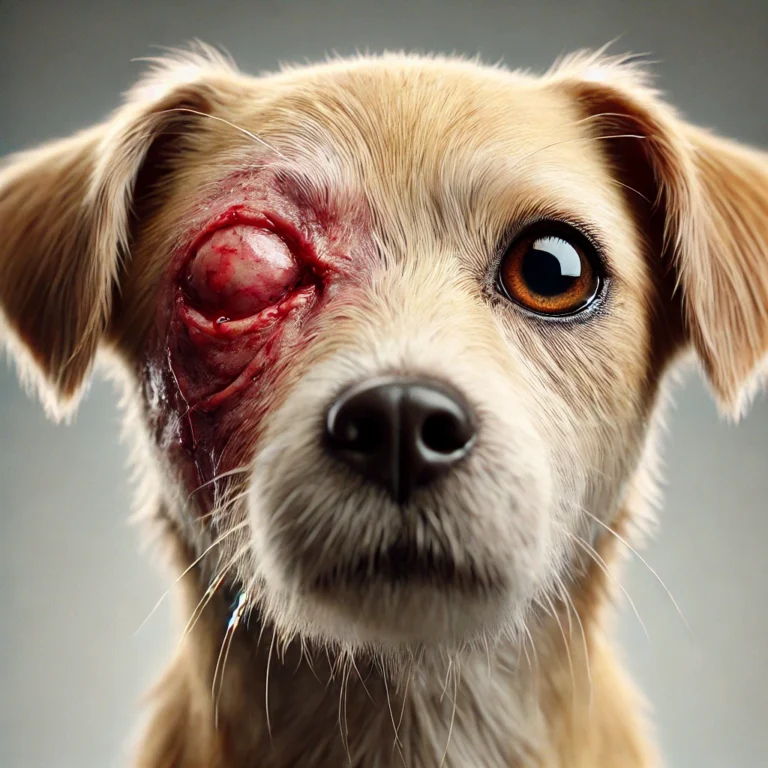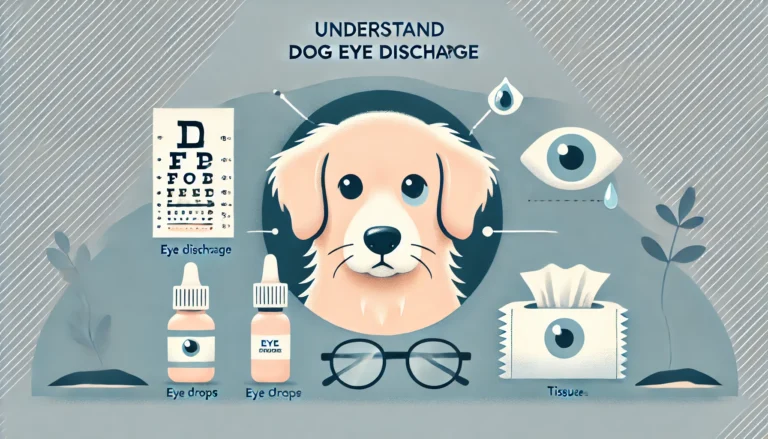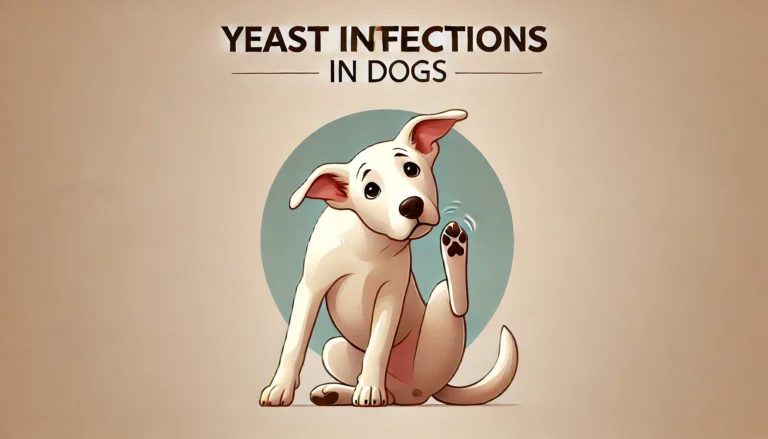My Dog Has a Rash on His Belly and Inner Thighs: Solution?

Noticing a rash on your dog can be alarming, especially when it appears on sensitive areas like the belly and inner thighs. These regions are often prone to irritation due to moisture, friction, and other factors. If you’ve found yourself saying, “my dog has a rash on his belly and inner thighs,” you’re not alone. This article will provide a comprehensive look into the potential causes of rashes in these areas, how to identify them, and the steps you can take to treat and prevent future occurrences.

Understanding Dog Skin Anatomy
To comprehend why your dog may develop a rash, it’s essential to understand their skin. Dog skin is composed of multiple layers, including the epidermis, dermis, and subcutaneous layer. These layers serve various functions, including protecting internal organs, regulating temperature, and providing sensory information. The skin on the belly and inner thighs is particularly sensitive, making it more susceptible to irritants, allergens, and infections.
Common Causes of Rashes on the Belly and Inner Thighs
When your dog develops a rash in these areas, several potential causes could be at play. Understanding these causes can help you identify the right treatment.
Allergies
Allergies are one of the most common culprits for skin issues in dogs. They can manifest as rashes, itching, or inflammation. Allergies can be categorized into three main types:
- Food Allergies: Ingredients such as beef, chicken, grains, or dairy may trigger allergic reactions in some dogs, leading to rashes on the belly and inner thighs.
- Environmental Allergies: Pollen, mold, dust mites, and other environmental factors can also contribute to skin irritation.
- Contact Allergies: This type occurs when your dog comes into contact with certain substances, such as chemicals in cleaning products, shampoos, or fabrics.
Infections
Both bacterial and fungal infections can lead to rashes in the belly and inner thighs. These infections can occur secondary to allergies or injuries and are often accompanied by symptoms like odor, discharge, or pus.
- Bacterial Infections: When the skin’s barrier is compromised, bacteria can invade and cause infections. This often results in pustules or scabs.
- Fungal Infections: Yeast infections are particularly common in warm, moist areas of the body, such as the belly and inner thighs. For example, dogs suffering from a yeast infection may develop a rash on inner thigh or a dog rash on groin.
Parasites
Parasites such as fleas, ticks, and mites can cause significant skin irritation and rashes. Flea allergy dermatitis, for instance, is a common condition where a dog is allergic to flea saliva, leading to intense itching and subsequent rashes. In such cases, you might observe hives in dogs or even rash on the chest.
Dermatitis
Dermatitis is a term for inflammation of the skin and can occur due to various factors:
- Atopic Dermatitis: This is a chronic condition often related to environmental allergies and can cause recurrent rashes.
- Contact Dermatitis: This occurs when the skin reacts to a specific substance, leading to localized rashes. For example, a rash under armpits may develop due to contact with irritants.
Do you know?
Anxiety in dogs is a prevalent issue that can manifest in various forms, including separation anxiety, fear of loud noises, and general nervousness
Skin Fold Issues
Dogs with skin folds, such as Bulldogs and Pugs, may develop rashes in their inner thighs and belly due to moisture and friction. The skin folds trap moisture, leading to irritation and infections. This could be seen as a rash in the groin area female or groin rash pictures male.
Symptoms to Watch For
When observing a rash on your dog’s belly and inner thighs, watch for the following symptoms that can help determine the severity and potential cause of the rash:
- Itching and Scratching: Excessive scratching can lead to further irritation and worsening of the rash. You may see your dog scratching belly with hind legs.
- Redness and Inflammation: The affected skin may appear red and swollen, indicating inflammation. For instance, you might notice a red rash on dog belly.
- Hair Loss: Rashes can lead to hair loss in the affected area, either due to scratching or because the hair follicles are inflamed. This may be associated with a rash on thighs.
- Scabs or Crusts: As a rash worsens, it may develop scabs or crusty patches, which can be painful and increase the risk of infection.
- Odor: An unpleasant smell can accompany skin rashes, especially if an infection is present. This is a sign that the dog should see a veterinarian.
Diagnosing the Rash
Proper diagnosis is crucial in determining the underlying cause of your dog’s rash and selecting the appropriate treatment. Here’s what to expect during the diagnostic process:
Veterinary Examination
A veterinary examination is the first step in diagnosing the rash. Your vet will perform a thorough physical exam, focusing on the affected areas. They will also ask about your dog’s medical history, diet, and any recent changes in behavior or environment. Be prepared to discuss details like, “my dog has a rash on his belly and inner thighs,” and provide any pictures of heat rash on dogs if available.
Diagnostic Tests
Depending on the examination, your vet may recommend various diagnostic tests to identify the cause of the rash:
- Skin Scrapings: A small sample of skin may be taken to check for parasites or infections.
- Cytology: A sample of skin cells may be examined under a microscope to identify bacteria or yeast.
- Allergy Testing: If allergies are suspected, your vet may perform tests to identify specific allergens causing the rash. This is particularly useful if your dog has a rash that won’t go away or a rash that doesn’t itch.
did you know?
Border Collies are smart and energetic dogs that require proper care to stay healthy and active throughout their lives. Managing their diet, grooming, and exercise is essential to avoid common Border Collie health problems like hip dysplasia and epilepsy
Treatment Options
Once the cause of the rash is diagnosed, treatment can begin. Here are some common treatment options:
Medications
Depending on the severity and cause of the rash, your vet may prescribe medications such as:
- Antihistamines: These can help reduce itching and inflammation caused by allergies. You might also explore dog hives treatment options if your dog has developed hives.
- Corticosteroids: These anti-inflammatory medications can help manage severe itching and inflammation.
- Antibiotics: If a bacterial infection is present, antibiotics may be necessary to clear it up.
Topical Treatments
Topical treatments can be effective for localized rashes. These may include:
- Medicated Shampoos: Shampoos with ingredients like chlorhexidine or ketoconazole can help cleanse the skin and reduce infections. Using a special dog rash cream can also help soothe irritated skin.
- Ointments and Creams: These can be applied directly to the rash to soothe irritation and promote healing.
Home Remedies
Some home remedies may help soothe mild rashes, including:
- Oatmeal Baths: Colloidal oatmeal can soothe irritated skin and reduce itching.
- Aloe Vera Gel: Applying pure aloe vera can help soothe and heal inflamed skin.
Dietary Adjustments
If food allergies are suspected, your vet may recommend a specialized diet or elimination diet to identify and remove allergens from your dog’s diet. This is especially crucial if you notice a rash on the lower stomach female.
Environmental Management
Managing your dog’s environment can also help prevent and treat rashes:
- Keep the Area Dry: Ensure that the areas where your dog rests are clean and dry to prevent moisture buildup, particularly in the rash on the dog’s belly or dog rash on belly cases.
- Use Hypoallergenic Products: Switch to hypoallergenic shampoos and cleaning products to reduce the risk of contact dermatitis.
Preventing Rashes on Your Dog
Prevention is key to keeping your dog’s skin healthy. Here are some steps you can take to minimize the risk of rashes:
Regular Grooming
Regular grooming helps remove loose hair and dander, reducing the risk of skin irritations. Brush your dog regularly, focusing on the belly and inner thighs to keep the coat clean and healthy.
Bathing Practices
Bathing your dog with a gentle, hypoallergenic shampoo can help keep the skin clean. Be cautious not to over-bathe, as this can strip natural oils and lead to dryness and irritation.
Managing Allergies
If your dog has known allergies, work with your veterinarian to develop a management plan. This may include avoiding specific foods, using medications, or implementing environmental controls.
Weight Management
Maintaining a healthy weight can help reduce skin fold issues and minimize the risk of rashes in sensitive areas. Consult your vet for guidance on proper diet and exercise.
When to Seek Veterinary Care
It’s crucial to seek veterinary care if you notice any of the following:
- The rash worsens or does not improve with at-home treatments.
- There are signs of infection, such as pus, odor, or severe redness.
- Your dog is experiencing severe itching or discomfort.
- The rash spreads to other parts of the body.
Early intervention can prevent complications and promote faster healing.
Conclusion
Finding a rash on your dog’s belly and inner thighs can be concerning, but understanding the potential causes and solutions can help you effectively manage the situation. From allergies and infections to dermatitis and skin fold issues, various factors can contribute to skin irritation. By observing symptoms, seeking veterinary care, and implementing appropriate treatments and preventative measures, you can help ensure your dog stays healthy and comfortable.
Always remember that your veterinarian is your best resource for diagnosing and treating skin issues. With the right care, you can help your furry friend feel better and enjoy a happy, healthy life. If your dog has a rash, don’t hesitate to gather evidence, such as my dog has a rash on his belly and inner thighs pictures, and consult your vet for the best course of action.






